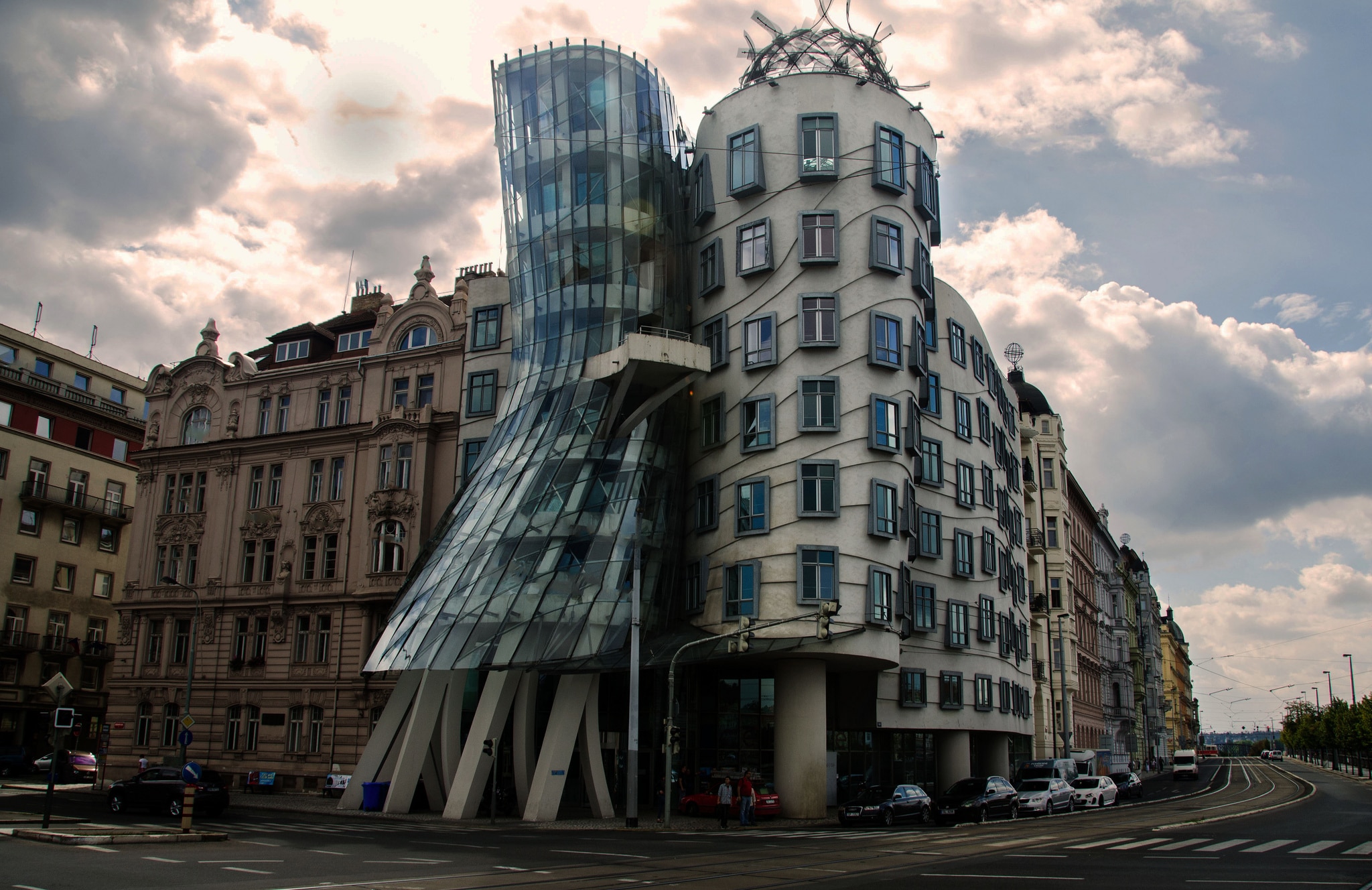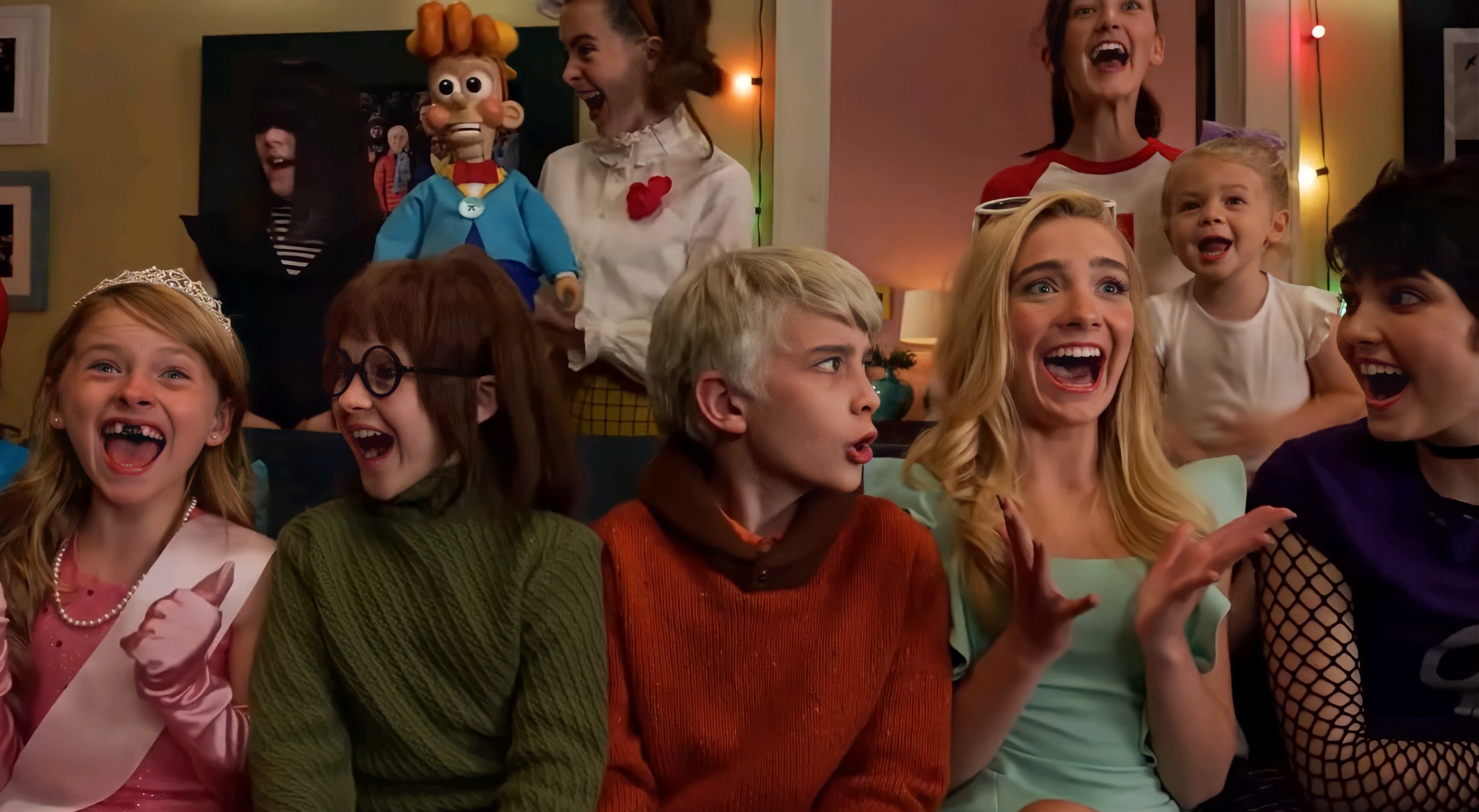Table Of Content

The Dancing House, located in Prague, Czech Republic, is a unique and iconic architectural masterpiece that has become a symbol of the city’s modern architecture. Designed by renowned architects Frank Gehry and Vlado Milunić, the building stands out among the traditional Baroque and Gothic architecture that Prague is known for. With its distinct appearance and unconventional design, the Dancing House has become a popular tourist attraction and a symbol of Prague’s transformation after the Velvet Revolution. The bank got in touch with the architect, V. Milunic, to ask him to invite a world-famous architect to participate in the project. Milunic first contacted the French architect, Jean Nouvel, who turned down the project due to its small surface area (491m²).
The Dancing House: A Must-See Architectural Marvel in Prague
Symbolically, the two sections represent both static and dynamic energy meant to honor Czechoslovakia’s transition from a communist state to parliamentary democracy. Deconstructivist architecture, which is used in the Dancing House, is a form of postmodernism that celebrates dissonance. Deconstructivism, also referred to as new baroque, resulted in architecture that seemed “deconstructed” and disjointed. The phrase was coined to indicate a rejection of the Russian Constructivist ideology. Harmony, clear forms, and consistent textures are all things that should be avoided in deconstructivist design.
Top 10 Best Family & Kid-Friendly Hotels in Prague
Among the predominantly art nouveau, baroque, and classical architecture of Prague is the unusually designed Dancing House. A short list of the Dancing House’s more prominent structural features follows. The building’s distinctive undulating form has earned it the moniker “Fred and Ginger,” after the renowned dancing duo Fred Astaire and Ginger Rogers. There are office spaces, a high-end hotel, and an eatery named Ginger & Fred’s on the structure’s nine above-ground stories. The Dancing House holds a significant place in Prague’s history and cultural transformation. The building was completed in 1996, just a few years after the Velvet Revolution, which marked the end of communist rule in Czechoslovakia.
Best Printers for Art Prints: Top Picks in 2023
The second structure extends parallel to the river, on three sturdy pillars, and is characterised by the undulating mouldings of its façade and the incoming and outgoing windows distributed non-linearly. The sinuous mouldings of the façade made the perspective more ambiguous, tempering the contrast with the neighbouring buildings. Behind the twisted façade there are relatively simple floors, based on a conventional connection of leaseable space, organised around a core of circulation in an L-shape. The Nationale Nederlanden building, known as the “Dancing House” or sometimes “Fred and Ginger”, is one of the most significant landmarks in Prague and definitely the most internationally renowned piece of post-1989 Czech architecture. It is home to almost 3000 square meters of office premises, a restaurant, a gallery, and a conference centre.
Rooftop Glass Bar
Part of the interiors of the building were designed by the British architect of Czech origin, Eva Jiřičná. The design tools and technique used on this building served as a test for future processes that Gehry would use in all his projects, including the Guggenheim Museum in Bilbao. The use of curves in the building imitates the aerodynamic form of planes and sports cars. The software which his company developed was later used to design French aircraft. With its clear-cut deconstructivism and unusual form, the style of the headquarters of the Nationale-Nederlanden is considered by the designers of architecture to be “new-barroque”.
Best dance clubs in Phoenix: Riot House, Wasted Grain and more - The Arizona Republic
Best dance clubs in Phoenix: Riot House, Wasted Grain and more.
Posted: Fri, 25 Aug 2023 07:00:00 GMT [source]
As you delve into the intricate details of the Dancing House’s façade, you’ll find yourself pondering the larger narrative of architectural history. The interplay of materials, textures, and spatial arrangements embodies the essence of architectural discourse that has spanned ten centuries. Protests against the government escalated after the collapse of the Wall of Berlin when Václav Hável peacefully toppled the Czechoslovak Communist Party and set up a federal-style republic known as the Velvet Revolution.
The closest subway is the metro line B (yellow color) – Karlovo náměstí station. You can find the connection on the DPP (Public Transportation of Prague) website. The Dancing House is located at Jiráskovo náměstí (Jirásek Square) in Prague, just 220 m from the nearest metro station. In the same year Dancing house won the prestigious prize of the American Times magazine in the category “Design of the Year”.
Prague Wallenstein Garden Review
Due to the destruction of that building, after the war, it was decided to construct a new and modern building to replace it. First, the project was proposed to Jean Nouvel but he rejected it because of the size of the site. Later, Frank Gehry took the project and designed this unique building with architect Vlado Milunić.
The building’s design is said to be reminiscent of the couple’s elegant and graceful dance moves. The nickname “Fred and Ginger” is often used to refer to the building, further emphasizing the connection to the iconic dancers. For the building parallel to the river, they used concrete panels in 99 different shapes and dimensions. At the inauguration, a sculpture, Medusa, was placed on top, made of metal tubes and covered with stainless steel wire mesh.
At that point a single terrace juts out and hangs onto the concrete tower. The volume is supported on a small forest of inclined columns- metaphorical legs which appear from under Ginger’s skirts and mark the entrance to the building. The principles adopted in the design included the contrast between static and dynamic figures (Yin and Yang).
The building’s curved shape and dynamic appearance add a sense of movement and modernity to the city’s skyline. The Dancehouse is a dance studio and small theatre space that was created in 2012 for fine and performing artists. Originally, The Dancehouse was formed out of a warehouse in the East Village area of downtown, San Diego, solely to fulfill the need of more consistent, convenient, and affordable rehearsal space.
Almost every time we pass on the tram, there’s at least one person posing for a photo, pretending to hold up the tottering edifice, and this always makes us smile. That said, we still look out for it every time, especially if it’s evening time, when it looks fantastic in the late sunlight. There are also plenty of things to see if you walk around the immediate vicinity of the Dancing House. The Dancing House is just 3 stops (5 minutes) from Staroměstská, the main tram (and Metro) stop for Old Town Prague and the Old Town Square, on Prague tram 17. You could stop by for a coffee on the ground floor at the Dancing House Café, which also has a small breakfast and daytime menu and cakes.
But at the same time, it turned out that – as chance would have it – one of the leading representatives of the bank was a friend of Vlado Milunić and liked his project. All the above mentioned factors, together with the company’s wish to have an internationally renowned architect working on the building’s design, resulted in a compromise. Frank Gehry, a famous Canadian-born American postmodernist architect, was invited to co-operate with Milunić. Together they created a design combining the original idea with a new outlook. They created the “Dancing House”, as we see it at the Rašín Embankment today.

No comments:
Post a Comment